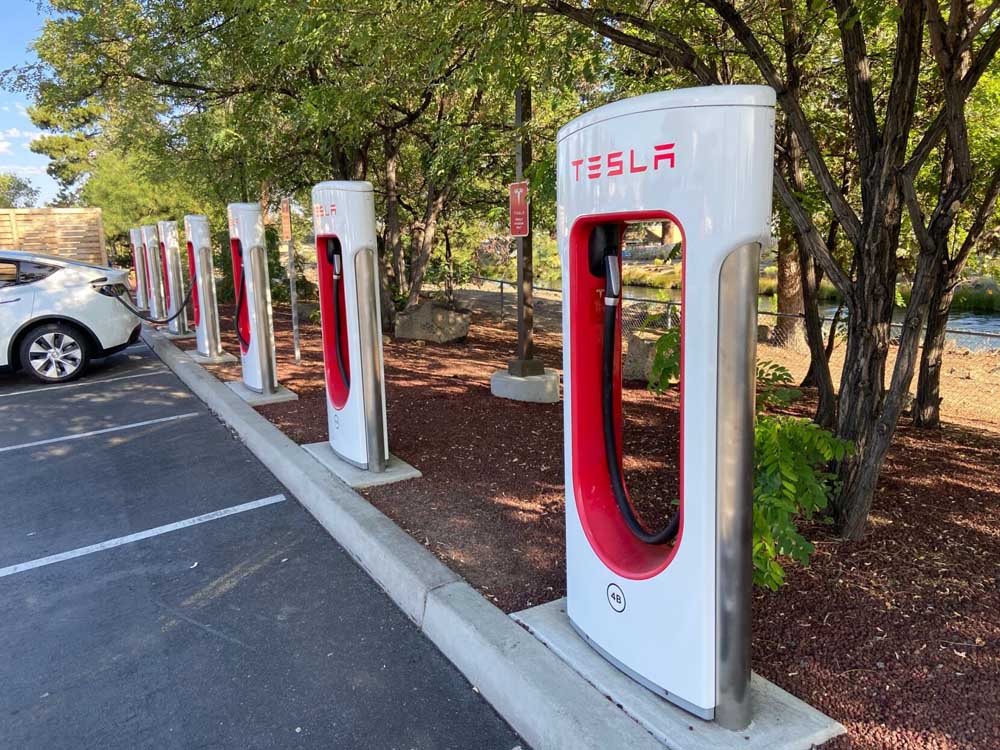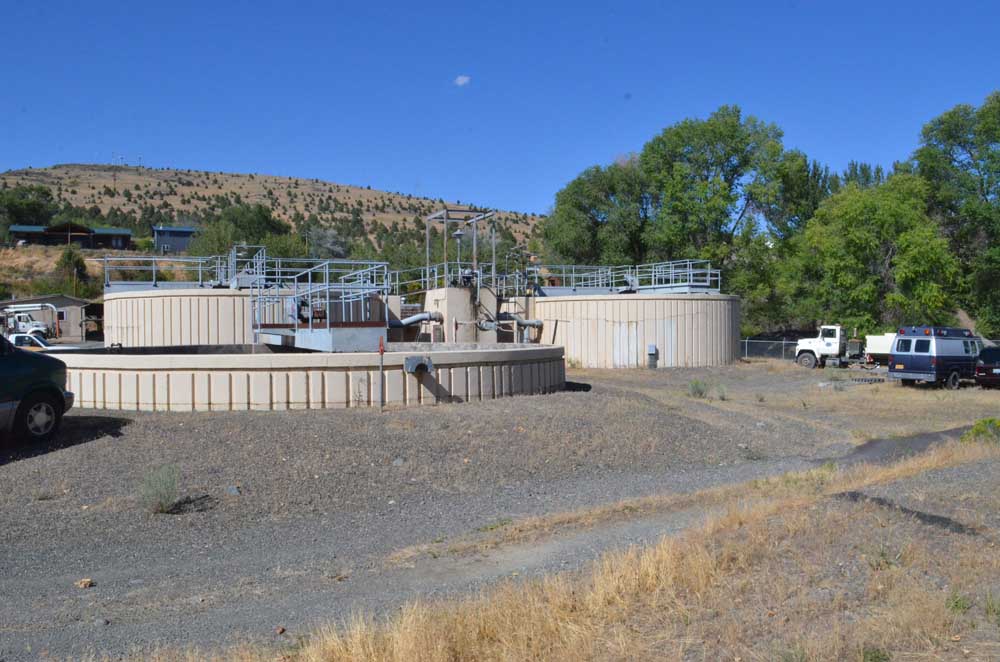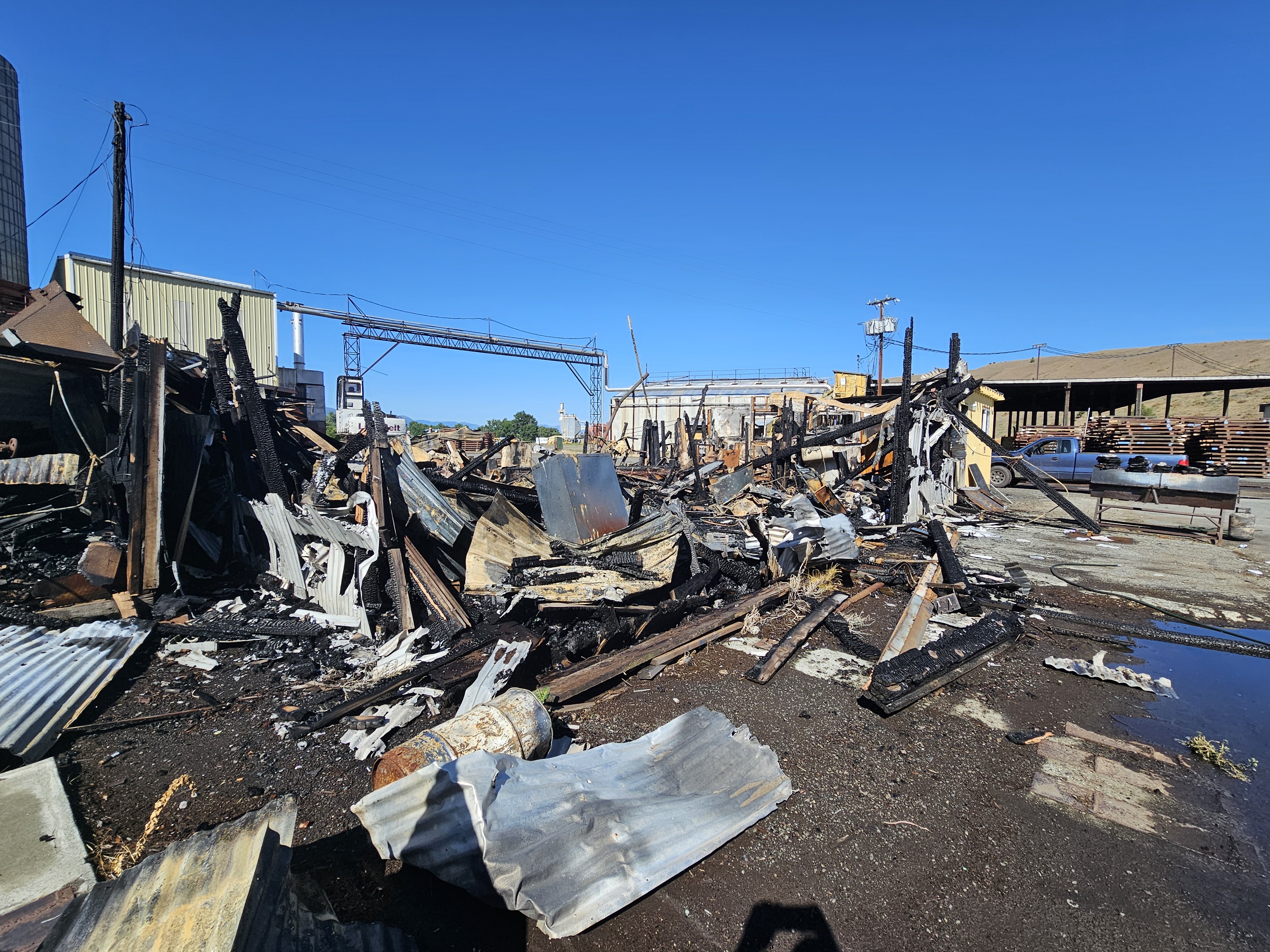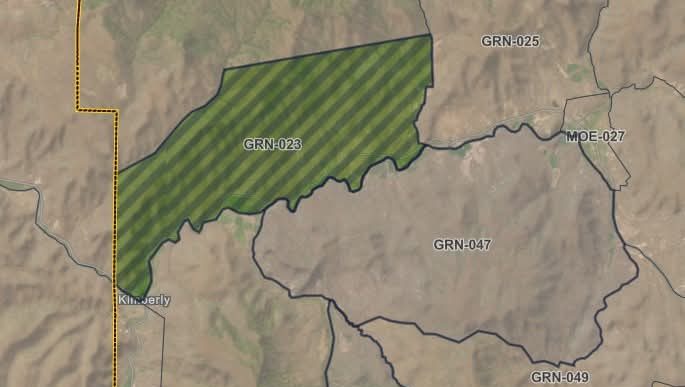Our View: Is Oregon ready for growth in electricity use?
Published 6:15 am Thursday, September 8, 2022

- A Tesla Supercharger station in Bend.
A question we hear in state meetings about climate, power and even discussions we have overheard at Bend’s Midtown Yacht Club: Does Oregon have enough electricity if everybody moves to using electricity for pretty much everything?
Trending
The short-term answer is: No, not right at this moment.
The long-term answer is: Yes, with the right action.
We can’t predict the future. We aren’t experts on energy in Oregon. We know there is also a very important question: Should Oregon do it? But today we are looking at the is-there-enough question. (And we should thank the folks at Oregon’s Public Utility Commission for the help they gave us to try to track down answers.)
Trending
The easiest-to-digest answer comes from the Oregon Department of Energy. It looked at how ready Oregon’s grid is for electric vehicles. In the next few years, it’s not expected to be a big deal.
“But as more Oregonians make the switch to EVs, utilities are already working on potential solutions to meet the increased demand,” the department said in a blog post. “To handle peak demands, the electricity sector has long engaged in multi-year capacity planning to forecast future peak demands on the grid and to identify whether new resources (like new energy-generating facilities) are required to meet those demands.”
Electric vehicle loads are not unusually large. But they do come bundled with complications.
Charge up a Nissan Leaf in a home and that is only about twice the energy of a typical refrigerator. But multiple EVs charging together on a Level 2 fast charger could gobble up the capacity of a local distribution transformer. So utilities will need to plan for those upgrades. They will need to have an understanding of where and importantly when EVs charge. Moving the demand for EV charging to the late evenings and night would help reduce the need for peak electrical capacity.
Capacity for electric vehicles is one slice of the answer. There are a lot of discussions in Oregon about the future of natural gas for heating and cooking. There’s even been talk in Bend of prohibiting new natural gas hookups for residences.
For the bigger picture, we talked to Bob Jenks. Jenks is executive director of Oregon’s Citizen Utility Board. It’s basically Jenks’ job and CUB’s job to look out for the interests of consumers when utilities ask for changes in rates and submit their capacity plans to the state.
Jenks says: No. Right now, there is not enough electrical capacity in Oregon if everybody switched to electric cars and electric heating and cooling.
“I think we can get to about 90% to 95% clean (to about 2035) on the electric system even with electrification of transportation and buildings,” he told us in an email. “That last 5 to 10% is what will be difficult. Offshore wind might be the answer. New advanced nukes might be. But there is time to figure this out.”
Electrical capacity is not just an Oregon question. The grid is regional. The scenario everyone is trying to avoid is energy shortages. They call it loss of load probability. The goal, at least in the Northwest Power Plan, is to have an adequate power supply so the likelihood of having one or more shortfalls in a year is 5% or less.
Just a couple years ago, in 2019, the Northwest Power Council was worried that with the retirement of coal-fired power plants the loss of load probability would rise to 8.2% in 2024 and 17% in 2026.
Not good.
But the Northwest Power Council’s new report published a few months ago in the Federal Register doesn’t sound alarmist. It talks about the need for planning. And it talks about the need for preparation.
Oregon’s utilities do look at these challenges in their plans filed with the state’s Public Utility Commission. For instance, Pacific Power did an independent study of how the electric vehicle market would impact its systems.
We may have tried to take on this question a little early. A key document that will look at the state’s energy future is actually scheduled to come out on Nov. 1. It’s the 2022 Biennial Energy Report from the Oregon Department of Energy.
If there is a hint of loss of load probability in that report, if there is hint that Oregon is not ready for the energy future, legislators will need to act.









